Background checks are crucial for premises protection in today's unpredictable security landscape. These checks act as a first line of defense, verifying identity, criminal history, employment records, and more to ensure only trusted individuals gain access. A multi-faceted approach involves examining criminal history, employment records, personal references, and biometric data. Technology streamlines verification processes through automated systems and advanced search algorithms. Legal frameworks ensure ethical and effective screening while safeguarding individual rights. Regular updates are vital to adapt to evolving threats. Implementing robust security measures includes thorough background checks, access control systems, surveillance, staff training, and regular audits.
In today’s evolving security landscape, enhancing premises protection is paramount. Background checks play a pivotal role in identifying potential risks and safeguarding sensitive spaces. This comprehensive guide explores the multifaceted approach to strengthening security through rigorous premises protection checks. We delve into the importance of these checks, the types of information assessed, technological advancements streamlining verification processes, legal considerations for compliance, risk mitigation strategies, and best practices for implementing robust security measures.
- Understanding the Importance of Background Checks
- Types of Information Sought in Premises Protection Checks
- The Role of Technology in Streamlining Verification Processes
- Legal Frameworks and Compliance in Conducting Background Screenings
- Strategies for Mitigating Risks Through Comprehensive Checks
- Best Practices for Implementing Effective Premises Security Measures
Understanding the Importance of Background Checks
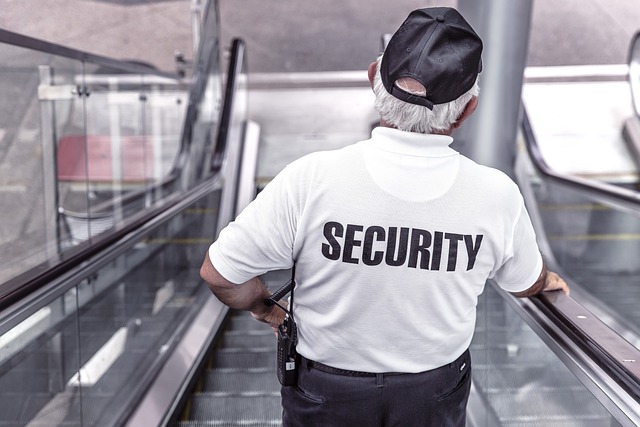
Background checks are an indispensable tool for ensuring premises protection. In today’s world, where security threats can come from unforeseen sources, conducting thorough background investigations on individuals who have access to sensitive areas is crucial. These checks serve as a first line of defence, helping organizations identify potential risks and mitigate them before they can cause harm.
By implementing comprehensive background checks, businesses and institutions can safeguard their premises and assets. This process involves verifying an individual’s identity, criminal history, employment records, and other relevant information. Such diligence ensures that only trusted individuals are granted access, fostering a safer environment for everyone involved.
Types of Information Sought in Premises Protection Checks
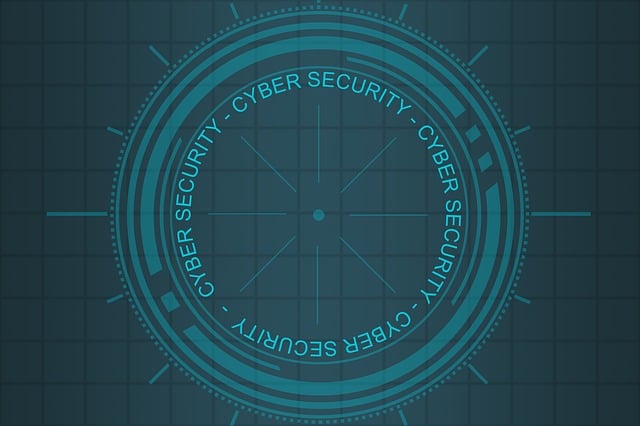
When conducting premises protection checks, several key types of information are sought to ensure comprehensive security assessments. These include detailed reviews of an individual’s criminal history, focusing on offenses related to violence, property damage, and any prior connections to illegal activities. Background checks also delve into an applicant’s employment history, educational records, and personal references to build a holistic profile.
Additionally, these checks may involve verifying identification documents, cross-referencing biometric data, and examining potential associations or affiliations that could pose security risks. The goal is to uncover any red flags or patterns indicative of malicious intent or unpredictable behavior, thereby strengthening the overall security posture of protected premises.
The Role of Technology in Streamlining Verification Processes
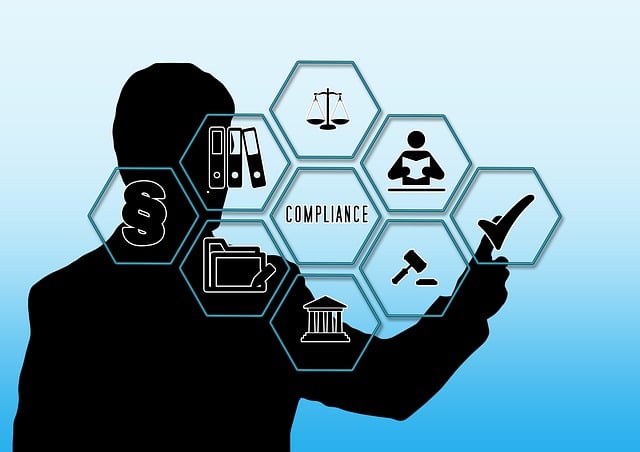
In today’s digital era, technology plays a pivotal role in revolutionizing background check processes, enhancing security on various premises. Automated systems have streamlined verification checks, making them more efficient and accurate. Online databases and advanced search algorithms enable quick cross-referencing of vast amounts of data, ensuring that every aspect of an individual’s history is scrutinized. This technological advancement is a game-changer in the field of premises protection checks, as it allows for real-time updates and instant alerts regarding potential red flags.
By implementing these digital solutions, organizations can navigate complex verification processes with ease. Technology facilitates the integration of multiple data sources, including government records, social media platforms, and private databases, providing a comprehensive view of applicants or employees. This holistic approach to background checks ensures that security measures are robust and adaptable to the ever-changing landscape of potential threats.
Legal Frameworks and Compliance in Conducting Background Screenings

Legal frameworks play a pivotal role in ensuring that background screening processes are conducted ethically and effectively. Every country and region has its own set of regulations governing data privacy, employment practices, and security protocols. For instance, in many jurisdictions, employers are mandated to obtain consent from individuals before accessing their personal information for the purpose of premises protection checks. This often involves adhering to strict guidelines on how such data is collected, stored, and utilized. Non-compliance can lead to legal repercussions, including fines and damage to an organization’s reputation.
Compliance with these frameworks not only safeguards the rights of individuals but also strengthens security measures. Background screenings, when conducted within the boundaries of the law, help identify potential risks and vulnerabilities, ensuring a safer environment. This includes verifying employment history, checking references, and assessing any relevant criminal records, all while respecting privacy laws and maintaining transparency throughout the process.
Strategies for Mitigating Risks Through Comprehensive Checks
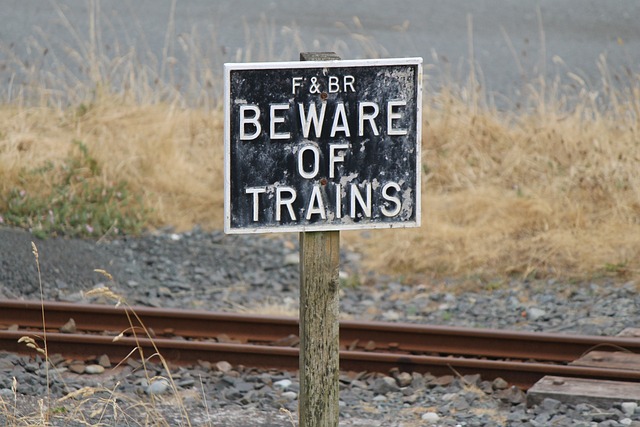
Comprehensive background checks play a pivotal role in enhancing security, especially on sensitive premises. By delving into an individual’s history, including criminal records, employment verification, and education, organizations can identify potential risks early on. This proactive approach to security is crucial in mitigating threats and ensuring the protection of valuable assets and people on the premises.
Strategic implementation involves tailored checks suited to the specific needs of the premises. For instance, high-security areas may require more extensive screening than regular offices. Utilizing advanced technology like biometric data analysis and cross-referencing multiple databases can further strengthen security measures. Regular updates to these checks are essential, as circumstances change, and new risks may emerge over time.
Best Practices for Implementing Effective Premises Security Measures
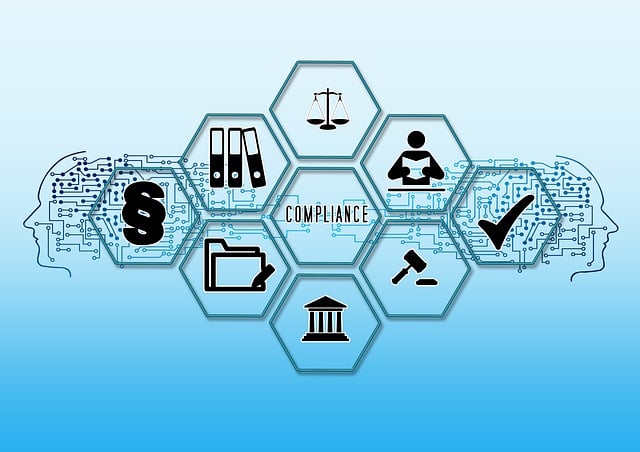
Implementing robust security measures for your premises is a multifaceted process that requires careful planning and adherence to best practices. One of the cornerstone strategies in this regard is conducting thorough background checks on all personnel, vendors, and visitors who have access to sensitive areas. This includes verifying their identity, employment history, and any relevant criminal records or pending legal issues. By integrating such checks into your standard operating procedures, you create a strong first line of defense against potential security breaches.
In addition to these checks, regular audits and updates of access control systems are vital. This involves ensuring that only authorized personnel have keys or access codes, regularly reviewing and revoking permissions for those who no longer require them, and implementing robust surveillance systems to monitor activity. Moreover, fostering a culture of security awareness among staff through training sessions can significantly contribute to the overall strength of your premises protection checks. Educating employees on security protocols and potential threats empowers them to play an active role in maintaining a secure environment.
